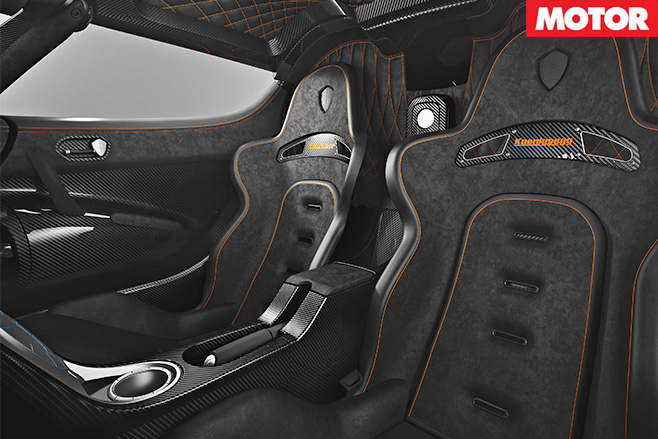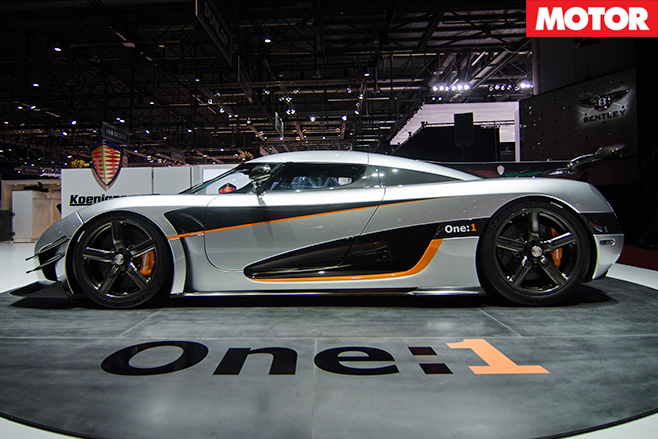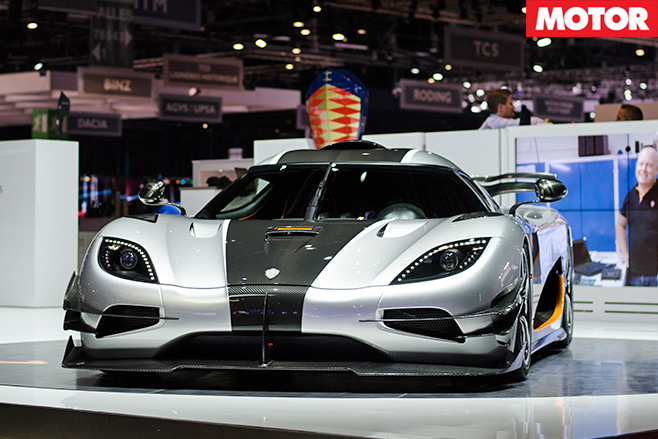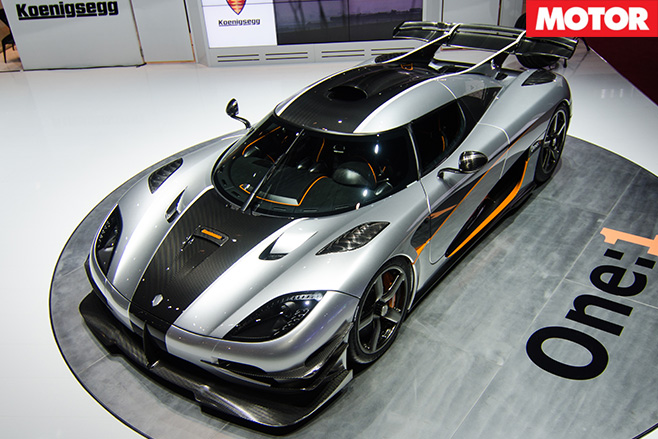For centuries the small Swedish town of Ängelholm was famed for its clay cuckoos – a small musical instrument that, when you blew air up a hole near the clay cuckoo’s arse, made a sound like a flute.
Today the clay cuckoo is going the way of the dodo. In Ängelholm, perched quietly on Sweden’s windy southern nipple, most of the old clay cuckoo workshops have closed. There’s only one left.
But Ängelholm thrives like a lot of Sweden because the Swedes like to build stuff. Anyone who’s ever bought furniture from IKEA and found themselves still screwing it together at 1am can attest to that.
So can a bald Swedish man called Christian von Koenigsegg. He lives in Ängelholm and likes to build supercars.

A few years ago, von Koenigsegg heard rumours McLaren, Ferrari and Porsche were developing hypercars so, not wanting to be left out, he ordered his team to build something to tackle them: the One:1.
It’s properly, lock-yourself-in-a-padded-room berserk. It weighs 1360kg and has 1360 horsepower – hence the name, referring to the illusive one-hp-per-kg figure.

Torque? 1000Nm from just 3000rpm. Nose not bleeding? There’s 1371Nm on overboost. Twin-turbos cram 26psi, or 1.8 bar, into its 5.0-litre, dry-sumped, twin-cam V8. Around 2700rpm they reach full boost.
This relatively low peak-boost point is no accident, either. Von Koenigsegg hates lazy turbos so much that the One:1 uses new variable-geometry vanes that must be 3D printed they’re that elaborate.
The turbo blades aren’t the only 3D printed things – the titanium exhaust tip is created the same way. It takes three days to print and is the largest thing ever 3D printed in titanium. All to save a few grams.

The war on grams continues to the wheels, which would cause you to weep if you ever kerbed them: they’re entirely carbonfibre. And look utterly pornographic.
They’re wide as a steamroller, too – 345 rear rubber wrapped around a 12.5-inch rim (20-inch diameter). They have to be that wide, given the One:1 must wriggle its 1014kW through only the rear hoops. No Veyron-esque all-wheel drive here – just a seven-speed dual-clutch ’box, an electronic diff and two ginormous rear tyres.
Koenigsegg might tell you all-wheel drive is for sissies but Isaac Newton would suggest otherwise. It might have 150kW and 171Nm over the Agera R but the rear-drive One:1 is no faster to 100km/h – still 2.8 seconds.

A first for Koenigsegg, the One:1 has active aero. There are venturi flaps under the car’s front and rear which change angle depending on the car’s speed. There are little aero doors on the front of the car that open and close, directing air through the body and out through the bonnet. Above decks, an active rear wing changes angle and also serves as an air brake during big stops.
And don’t think Koenigsegg is a bunch of Neanderthals transfixed on top speed and power. Its engineers will travel to Europe’s most popular racetracks with a One:1 prototype and tune the car for every corner. The information is logged into the car’s GPS so that if a customer ever visits said track, the car will know where it is and assume the optimised programming.

The P1 and LaFerrari are in their own race at 300km/h while the 918 is last by some margin. At 350km/h, the P1, LaFerrari and 918 hit their speed limiters while the One:1 and Venom GT crawl neck-and-neck towards 400km/h, Veyron in tow.
Eventually, the One:1 only just wins with its record-resetting top speed of 440km/h – in theory, at least.
Around the Nordschleife? That’s another story and something to keep Koenigsegg busy in sleepy little Ängelholm. They’ve certainly got a car cuckoo enough.





